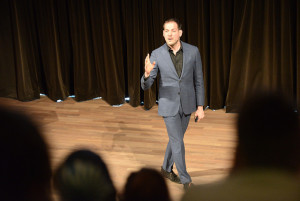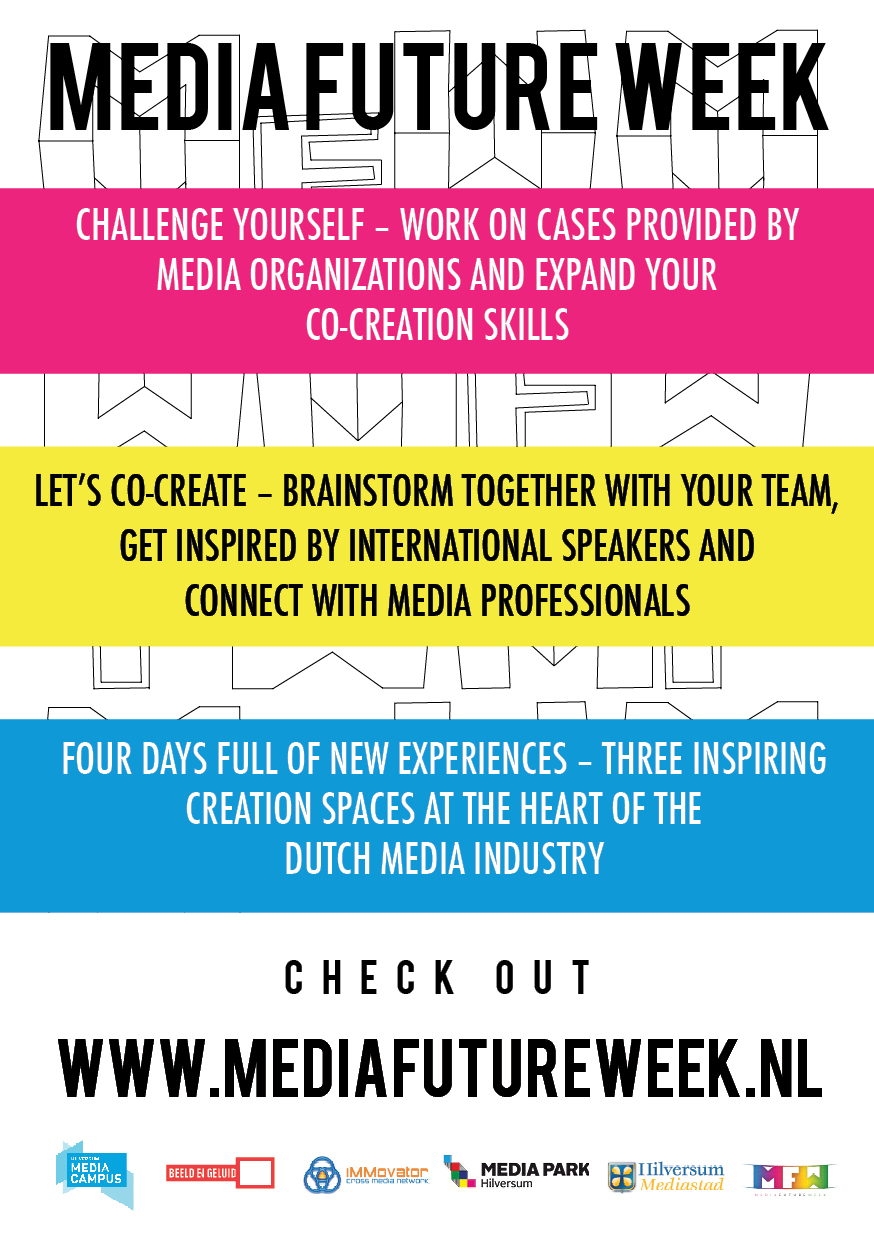Theme
Design for Storytelling in a Post-Truth Media World.
In 2005 American comedian Stephen Colbert popularized the informal word truthiness: ‘the quality of seeming or being felt to be true, even if not necessarily true’. Post-truth extends that to a general characteristic of our age. Post-truth: ‘circumstances in which objective facts are less influential in shaping public opinion than appeals to emotion and personal belief’.
Truth is not what it used to be. With Brexit and the American presidential elections in 2016 a new concept has emerged: post-truthism. This concept has really found traction in the campaign for the presidential elections where presidential candidate Trump and his campaign team created their own truths, or opinions, and ridiculed facts and disparaged others opinions. Will this also happen in The Netherlands? How to design media for this telling the stories.
Facebook first denied it had spread fake news. Then it claimed the fake news that was spread had no impact. But if news that Facebook spreads has no impact, then what does that mean to Facebook’s business model? Oh sorry, Facebook does have impact, we’ll develop a fake news alert service then… Doh! Sometimes fake news can be a reflection on society, like De Speld, which can be so absurd that you sometimes wonder if this is the real news. Other fake news is created just for click bait, to raise traffic, serve advertisements, to monetize attention.
One of the big realizations people are coming to is that the media system, as driven by digital media, is actually working as designed, though in an unintended fashion: Facebook, Google, and others following their lead have designed massive feedback machines that monetize attention around narrower and narrower sets of information (true or not true doesn’t matter, but velocity does). Media does what it must to attract the attention it needs to monetize. And that monetization systems itself is designed to cut in so many intermediairies that it’s collapsed from the inside.
Post-truth
Post-truth is not the same as fake news, it is not there to monetize the digital media system, but its objectivity is questionable. As a future media professional, how do you value objective truth? What are ‘alternative facts’, what are lies? How do you present objective research vs. a soundbite from the street, both maybe highlighting the same facts from different viewpoints. But should you give them the same weight? What if you ignore the vox-populi, or do you present it as the truth by definition as it is the voice of the people, the voice of the street? As their truthiness
 Giving the people what they want isn’t very useful. Nor is forcing them to educate themselves. So how do you as a media-designer, design media so that facts, truth and a message reaches both those who listen and those who won’t. How do you reach all people and how do you make sure that all their voices heard as well, objective or not, valued and weighted. How to design media for the man in the street? How to design for his truthiness? What is the story that you tell? How do you tell your story?
Giving the people what they want isn’t very useful. Nor is forcing them to educate themselves. So how do you as a media-designer, design media so that facts, truth and a message reaches both those who listen and those who won’t. How do you reach all people and how do you make sure that all their voices heard as well, objective or not, valued and weighted. How to design media for the man in the street? How to design for his truthiness? What is the story that you tell? How do you tell your story?
Relations
The world is developing from transactional to relational media interactions, whatever the content, post-truth or objective, whatever the story told. The challenge for young people coming into media design now will be how to make the situation better, not feed the worse parts – and this requires examining just what tools and models are useful in how to Design for Storytelling in a Post-Truth Media World. This is what we set out to do in MFW17



